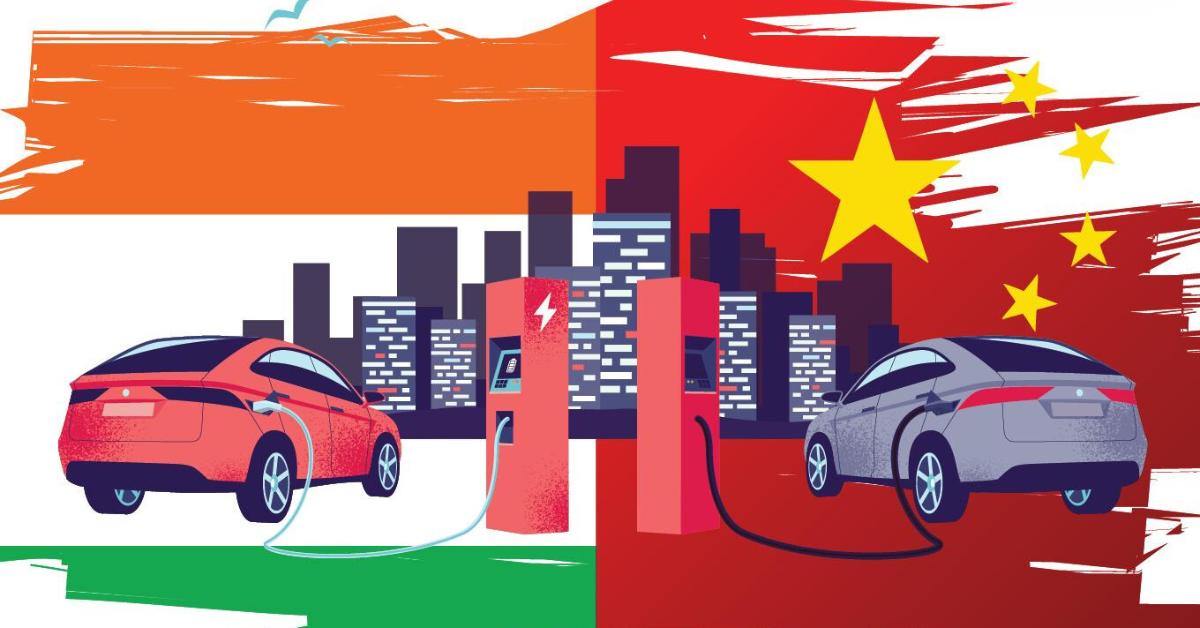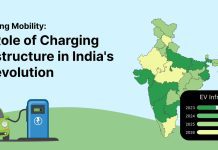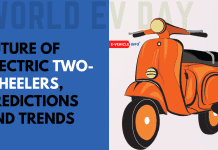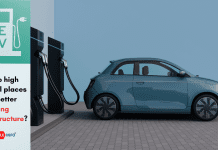
Table of Contents
EV Industry India Copy Paste Manner
Electric Vehicle (EV) industry India is rapidly expanding, with a projected annual growth rate of 44.5% between 2020 and 2025, according to a recent report by the research firm Research and Markets. The report also states that the country requires over 400,000 charging stations to meet the charging needs of nearly two million electric vehicles.
Although the industry is on a promising trajectory, it encounters a critical challenge due to Original Equipment Manufacturers (OEMs) relying on a “copy-paste” approach for design and innovation. This has concluded in a crowded market filled with identical products that lack differentiation, potentially compromising the long-term sustainability of the Indian EV market.
To ensure a promising and enduring future, OEMs in India must deviate their attention towards design and innovation, designing appealing EVs with exceptional features and benefits to outshine the competition.
The copy-paste crisis
The prevalence of the copy-paste mindset among some Indian OEMs has resulted in a lack of diversity and originality in the EV market. This limits the choices available to consumers, hampering technological advancements and innovation that could promote the Indian EV industry on a global scale. To overcome this stagnation, OEMs should lay emphasis on design and innovation to develop revolutionary products that seize the imagination of consumers.
Design and Innovation: The gateway to success
An immediate concern among potential EV buyers in India is the limited range of many contemporary models. To address this issue, Original Equipment Manufacturers (OEMs) must focus on investing in developing advanced battery technologies and exploring lighter, more efficient materials.
With this, EVs can boast improved range capabilities, making long-distance travel more viable and convenient for consumers. Moreover, by enhancing the charging infrastructure and advancing faster-charging technologies, we can ease concerns about prolonged charging durations, thereby increasing the appeal of EVs for daily commutes.
Advancing safety features
Safety remains elementary during any vehicle purchase, and EVs are no exception. Indian OEMs should emphasise research and development to incorporate state-of-the-art safety features into their products. Some of them could include automatic emergency braking mechanisms and blind-spot monitoring to boost consumer confidence in the safety of electric vehicles on Indian roads.
With this, manufacturers can gain the trust and loyalty of consumers by enhancing safety standards, which will ultimately benefit the industry as a whole.
Cultivating aesthetics and appeal
As the EV market continues to evolve swiftly, it is vital to have alluring aesthetics to draw in prospective buyers. Although functionality is crucial, the aesthetic appeal of electric vehicles should not be underestimated. Indian OEMs have faced challenges in creating attractive and captivating designs, which has put them at a disadvantage compared to their global rivals.
Overcoming this contrast is an opportunity for OEMs to rework their approach and redefine the design language of Indian EVs. By associating with proficient designers and supporting research, Indian OEMs can promote the visual allure of their products, establishing a new standard for the industry.
Pioneering features and experiences
To carve a distinctive niche in the competitive EV market, Indian OEMs need to focus on innovation by rolling out unique and disruptive features. Exploring aspects such as autonomous driving platforms and innovative user interfaces can help foster a substantial brand identity to stand out in the market.
Government support and Infrastructure
The success of the electric vehicle industry in India relies not only on design and innovation but also on strong government support and infrastructure development. Fortunately, the Indian government has already taken positive steps towards this by offering incentives for EV purchases and encouraging their adoption. Manufacturers must make use of these incentives to make electric vehicles more accessible and affordable to a broader range of consumers.
Furthermore, OEMS must collaborate with government and private entities to establish an expansive network of charging stations across the country. It will not only enable long-distance travel but also fortify consumer trust in the reliability of EVs.
EV industry India shows promising growth, but the current approach of copying and pasting designs and innovation poses long-term sustainability and competitiveness challenges.
Through a collective approach, Indian OEMs can transform the industry, delivering consumers cutting-edge EVs that meet their existing requirements and surpass their expectations. By driving design and innovation, Indian OEMs can position themselves as frontrunners in the global EV landscape and lead India towards a sustainable, electrified future.
About the Author

This Exclusive Article Authored by Dr. Yogesh Bhatia, MD, and CEO – of LML.
Read More:- EVs in India: The Impact of EVs on Indian Cities








Articles like these make me wonder if they were written by an AI. The whole article is boilerplate with not a single original thought.